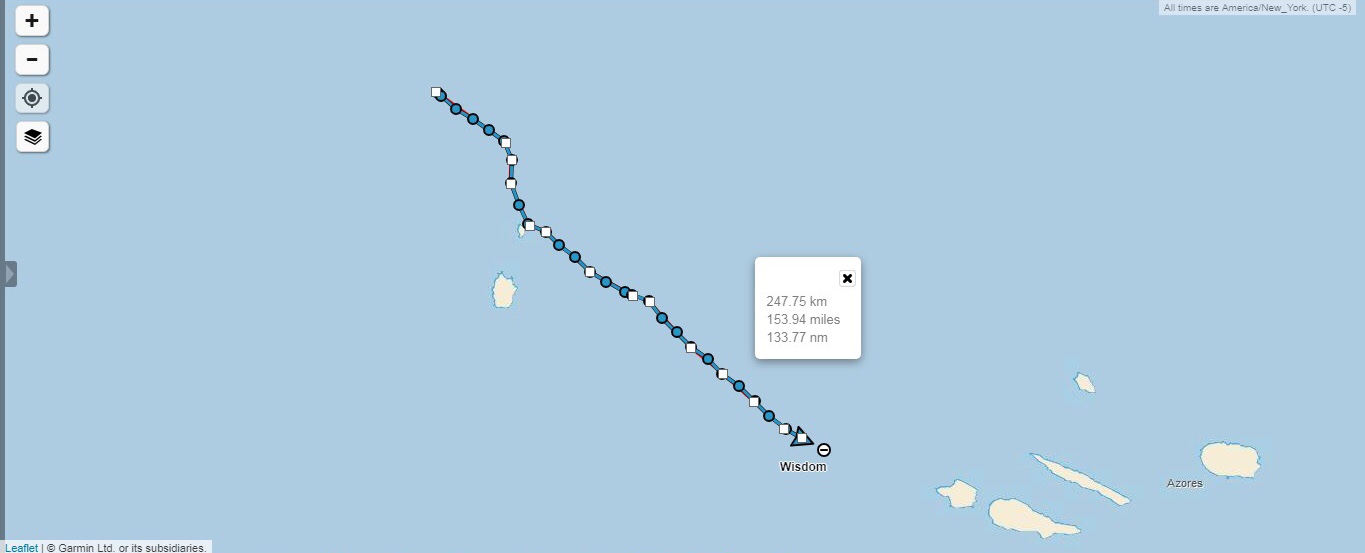Hello everyone! We left Terceira, Azores on June 12, 2019 and our next port will be Porto, Portugal.
By becoming a Patron you can follow our path in real-time and message us directly to the boat while we are cruising.
While we are crossing the Atlantic to the Mainland, we will be writing many blog posts so they will resume once we have internet access again and can upload them.
See you then!




























